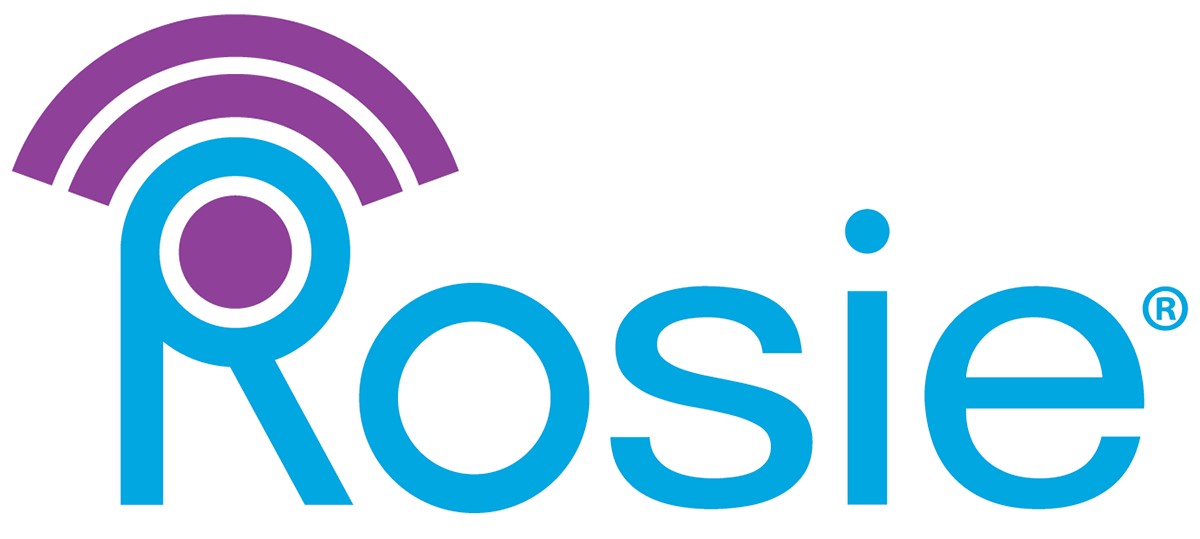4 Health Care Myths About Remote Patient Care Debunked
The Covid-19 pandemic changed many areas of our world, not the least of which was health care. Fighting surging patient numbers in hospitals, the importance of effective telehealth tools that allow physicians to monitor and conduct patient care remotely became more urgent than ever. And while the specter of Covid-19 recedes, it appears telehealth options are here to stay: usage of telehealth in patient care has stabilized from pandemic levels, at 38x higher rates of use than existed pre-pandemic.

Health Care Myths: A Troubling Reality
Despite numerous benefits, telehealth and remote patient care still face a variety of criticisms. And like any new wave of technology, there will be obstacles to overcome as their implementation spreads and becomes even more widely adopted. But is there any truth to these claims? Read on to find out.
Myth #1: It Isn’t Cost-Effective
Detractors of remote patient care, or RPC, voice worries about its long-term cost-effectiveness, given the upfront overhead for hardware purchase, implementation and training. However, the evidence shows otherwise, with improvements across the board in staff productivity, administrative costs, and net patient revenue common after the implementation of remote care options.
Providing patients with comprehensive monitoring and virtual-care solutions drastically reduces the number of hospital readmissions, empowers patient self-care, and reduces the risk of unnoticed symptoms, which can often spur the need for costly emergency services. All of these save significant money over time for both the patient and care provider, especially when it comes to long term care facilities.
Myth #2: It Isn’t Accurate Enough
Some opponents of remote patient care cite the accuracy of equipment and systems utilized inside brick-and-mortar hospital facilities as being superior to those utilized in remote patient care. However, the reality is that remote patient monitoring, if effectively implemented, actually offers a more complete picture of health to a patient’s physician.
While of course there’s no replacing the physical presence and insights of a doctor or caretaker during a clinical visit, remote patient care allows for a deeper and more accurate data set, simply by virtue of its accessibility. Instead of gathering data only during the limited time periods of clinical visits or check-ins, patients are amassing data on a round-the-clock basis, allowing their healthcare providers to glimpse a much broader and more accurate picture of their health. This may be one of the contributing factors to the volume of research indicating that patient outcomes via remote care options are as good as or better than in-person options.
Myth #3: RPC Is Only Focused On Reducing Hospitalizations
A common misperception about remote care is that it’s only focused on slashing bottom lines by reducing hospitalizations or cutting down on the amount of time a patient spends in a hospital. Of course, this can be true in specific cases where a patient is dealing with episodic concerns like a short-term illness, or recovery from an operation. In those instances, RPC is certainly helpful in reducing the workload a hospital faces, while also reducing hospital readmissions and emergency room visits.
However, one of the most synergistic uses for remote patient care is when it’s utilized to support long-term patient care goals. The accessibility of remote health care solutions allows patients with more open-ended or chronic conditions to be treated on an as-needed basis. This offers them a better quality of life, while still supporting their long-term care with everything their treatment requires. Avoiding unnecessary time spent in a hospital also drastically reduces the risk of hospital-acquired infection.
Myth #4: Implementing RPC Is Too Time-Intensive
Like any breakthrough technology, remote patient care faces an uphill climb when it comes to broad implementation across the health care industry. Critics cite the high time costs of training staff and patients on new equipment, and onboarding both staff and patients to new care platforms.
The reality, however, is that a comprehensively-integrated platform offers out-of-the-box functionality (in both its hardware and software) that’s no different from integrating any other app or program into daily life. Mobile device kits designed for the end user’s experience are particularly simple and easy to use, allowing patients to monitor their vitals or gather biometric data as needed.
Additionally, the ability of RPC to reduce a patient’s need for in-person treatment at a hospital or medical facility saves massive amounts of time for the patient. Without having to carve out time off of work for travel and treatment, patients get more of their daily lives back, all while reducing the load on the medical system as a whole.

